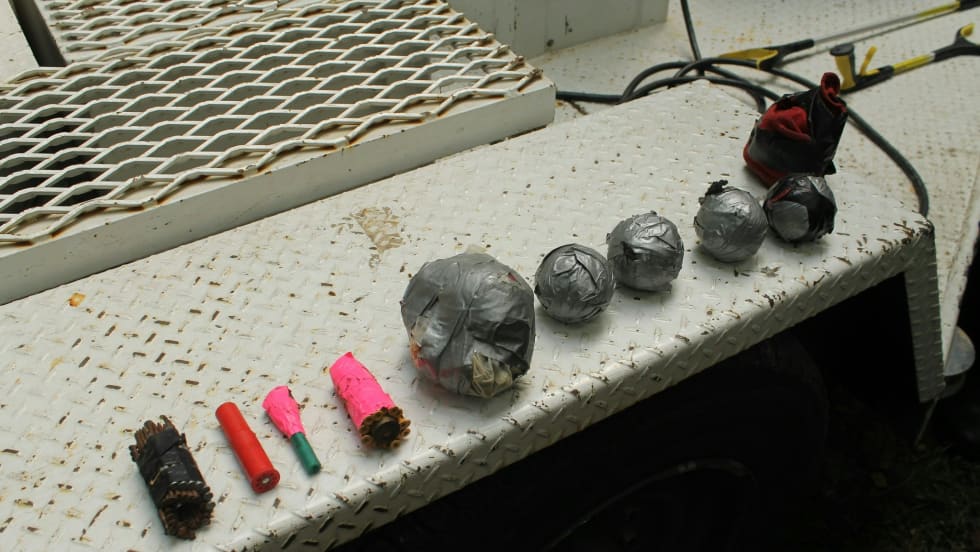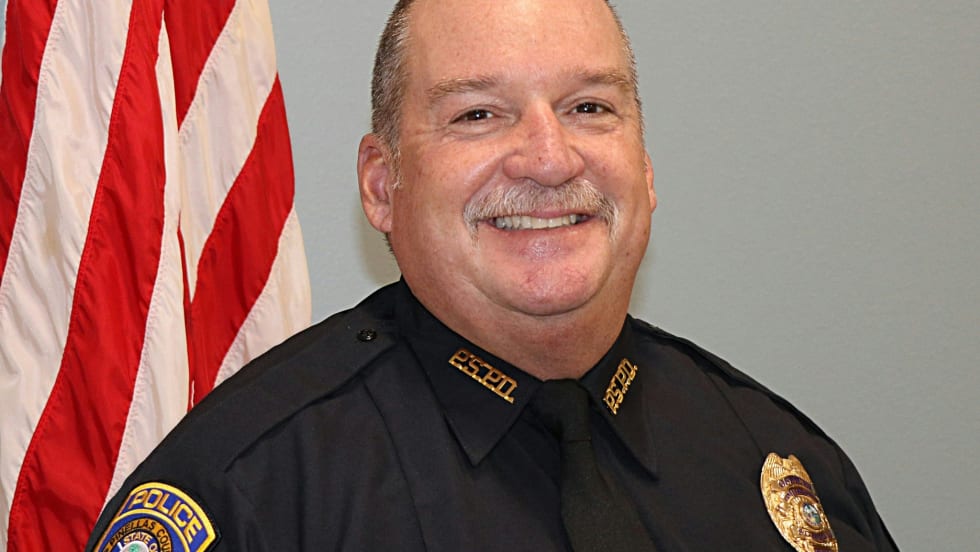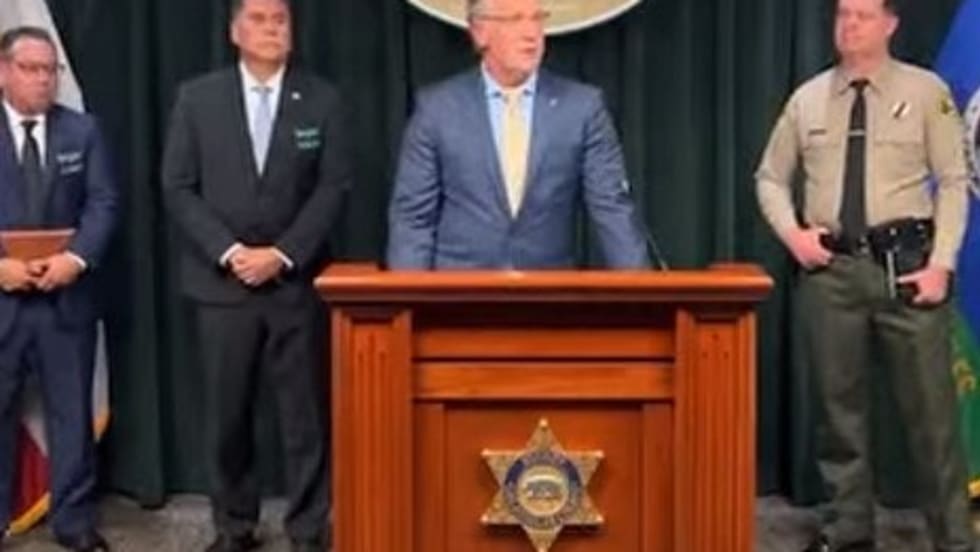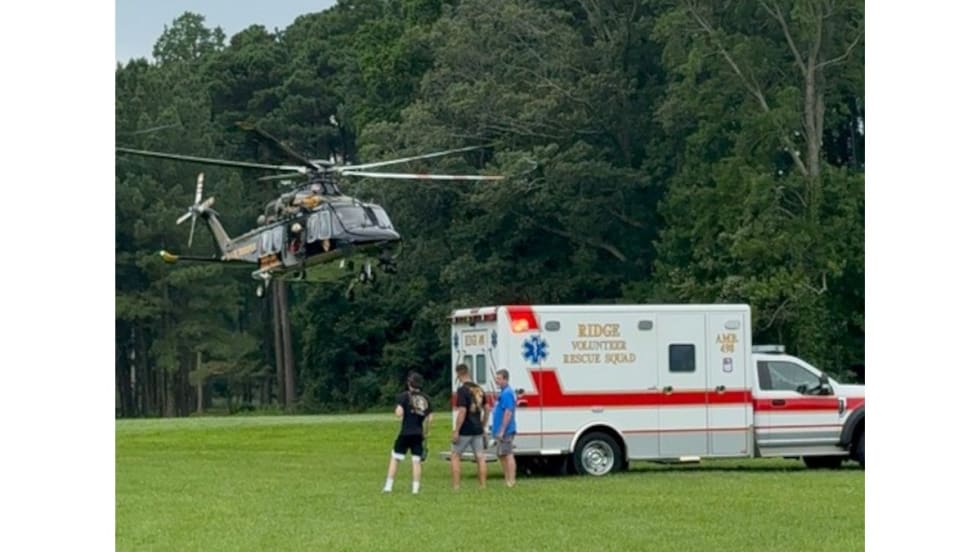Should the gunfire stop, the contact team will slow down and re-evaluate the situation. At that juncture, a decision must be made to continue, or to lock down the area. Also, the contact team must be flexible enough to quickly transition into a rescue or containment team, depending on how the mission evolves.
Each contact team consists of four to six officers differentiated into a leader, a point officer, flankers, grabbers, and a rear guard.
The contact team is assembled and directed by the leader. Additionally, he or she maintains radio contact with communications regarding areas that need rapid containment, areas currently being searched, suspect location, and victim location.
The contact team's leader should call up the "rescue team" to evacuate or lock down cleared areas. He or she should advise responders of the number of victims and their location. As the search progresses, the responders may need to call additional personnel for security and containment. If the situation dictates that the key is to wait, gather more information, advise of suspect(s)'s movements and location and coordinate containment, then the contact team leader must make a judgment whether to wait or to deploy.
Another key member of the contact team is the point officer. The Point Officer covers all areas ahead of the team whether it is operating in a T-formation, a diamond formation, or in search mode.












